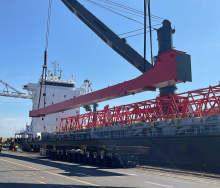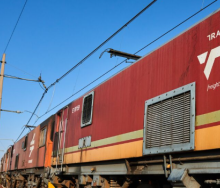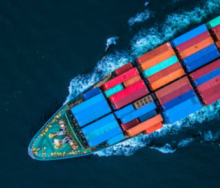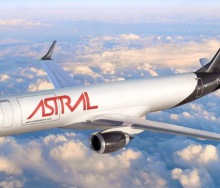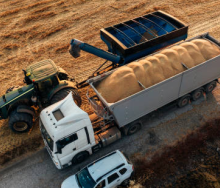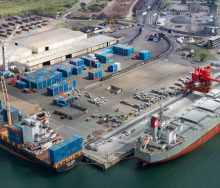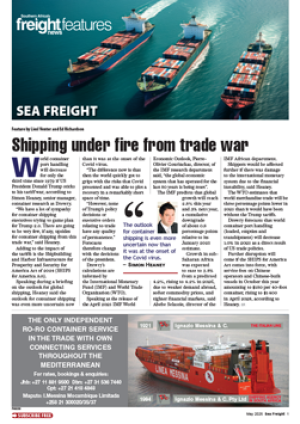After 20 years of development work inside Lockheed Martin’s top secret Skunk Works division, the world’s first commercial cargo airship is set to launch in 2018.
This after the manufacturer received an order valued at the equivalent of over R7 billion from UK-based Straightline Aviation (SLA) for 12 of its LMH-1 hybrid cargo airships.
First delivery is scheduled for 2018, with the final airship expected no later than 2021.
And SLA has four or five customers ready to try out the airships whenever they’re finally ready, according to CEO Mike Kendrick.
Kendrick used to run Richard Branson’s Virgin Airship and Balloon Company, which had 19 blimps around the globe used for advertising or camera work. He was also flight director for Branson’s balloon flights. He and his team formed Straightline to focus initially on delivering cargo.
These heavier-than-air, helium-filled airships are nearly a rugby field long and have a 20-tonne payload (the same as a 747 bellyhold capacity) – which they can carry to remote places without roads. With this unlimited access to isolated locations around the globe, they can support a wide range of activities in areas with little to no infrastructure. Said Lockheed: “The airship offers the simplicity of a pickup truck by carrying cargo loads and personnel in and out of remote areas daily, not just certain seasons or only after major road, rail or airport infrastructure is developed.”
Hybrid airships offer significant reductions in fuel consumption compared to other air vehicles while remaining faster than land and sea transportation systems.
One key adaptation of the LMH-1 that sets it apart from rival hybrid airships also currently under development include its air cushion landing system (ACLS), allowing the airship to land on any terrain (including open oceans with waves up to one metre high). Once landed, the air cushion system can be reversed, securing the airship to the ground.
This latter feature highlights one of the factors that prevented previous generations of airships from being practical for commercial cargo operations. Lighter-than-air airships required a crew of 15-22 people that would tie the airship to a ‘mooring mast’, which also had to be moved to the landing or destination location.

